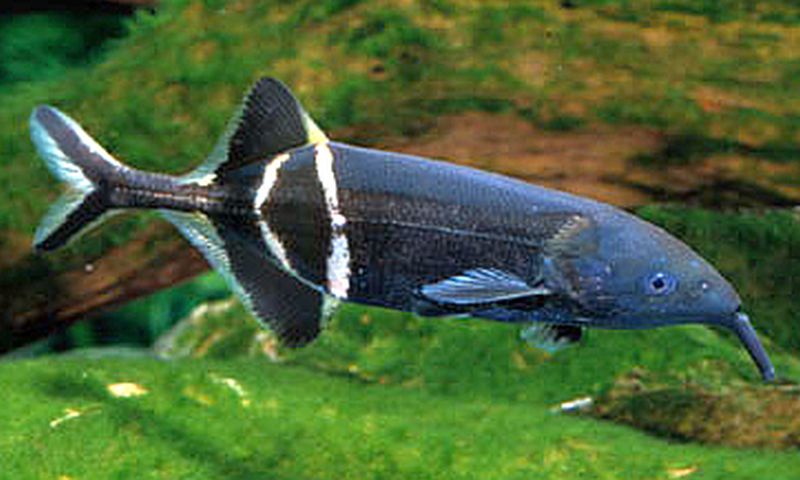My Store
ELEPHANT NOSE FISH
ELEPHANT NOSE FISH
Couldn't load pickup availability
🐘 Elephant Nose Fish (Gnathonemus petersii) – Intelligent, Electric, and Truly Unique
The Elephant Nose Fish is one of the most fascinating and intelligent freshwater species, easily recognized by its elongated trunk-like snout and advanced sensory abilities. Native to slow-moving rivers in West and Central Africa, this peaceful oddball uses a weak electric field to navigate, hunt, and even communicate in murky waters.
This fish is ideal for aquarists looking for something exotic, interactive, and full of personality. With the right care and a calm environment, Elephant Nose Fish can become incredibly responsive to their keeper, even learning feeding routines and tank locations by memory.
🐟 Species Profile:
-
Scientific Name: Gnathonemus petersii
-
Common Name: Elephant Nose Fish
-
Adult Size: 8–10 inches
-
Temperament: Peaceful, shy, nocturnal
-
Tank Size: 50+ gallons
-
Water Parameters: 75–82°F | pH 6.5–7.4 | Soft, clean, well-oxygenated water
-
Diet: Carnivore – prefers bloodworms, brine shrimp, blackworms, sinking meaty pellets
🛠️ Tank Setup & Compatibility:
Elephant Nose Fish thrive in:
-
Soft sand substrate to protect their sensitive “trunk”
-
Dimly lit tanks with driftwood, rock caves, and dense plant cover
-
Quiet environments with gentle current and excellent filtration
Compatible with:
-
Peaceful, non-aggressive species that won’t compete for food (e.g., Congo Tetras, Rainbows, Corydoras, Apistogrammas)
-
Avoid fin-nippers, aggressive fish, or bright, chaotic tanks
-
Best kept singly due to territorial behavior with other Elephant Noses
Behavior:
-
🧠 Highly intelligent – capable of recognition and learning
-
🔋 Uses bio-electric fields to hunt and communicate
-
🌙 Most active at dusk and nighttime – best viewed in low light
🛒 Why Buy Elephant Nose Fish from RobsAquatics.com?
Each Elephant Nose Fish is:
-
✅ Hand-selected for health and electric responsiveness
-
✅ Acclimated to a carnivore diet and peaceful tank mates
-
✅ Shipped live with our Live Arrival Guarantee
-
✅ Ideal for experienced aquarists, oddball tanks, and African river biotopes
📦 Add mystery, intelligence, and elegance to your aquarium with the truly one-of-a-kind Elephant Nose Fish—available now at RobsAquatics.com.
Share


